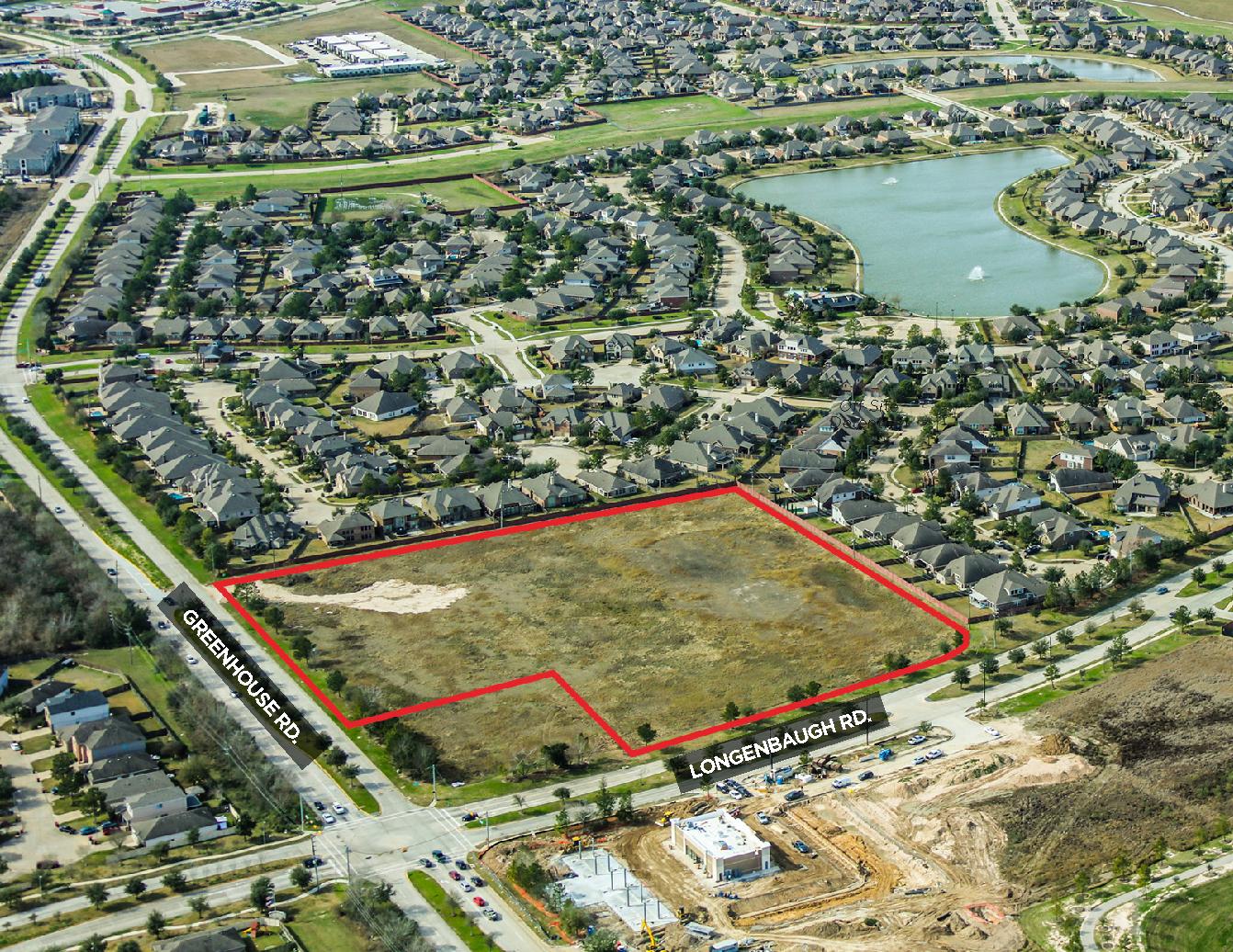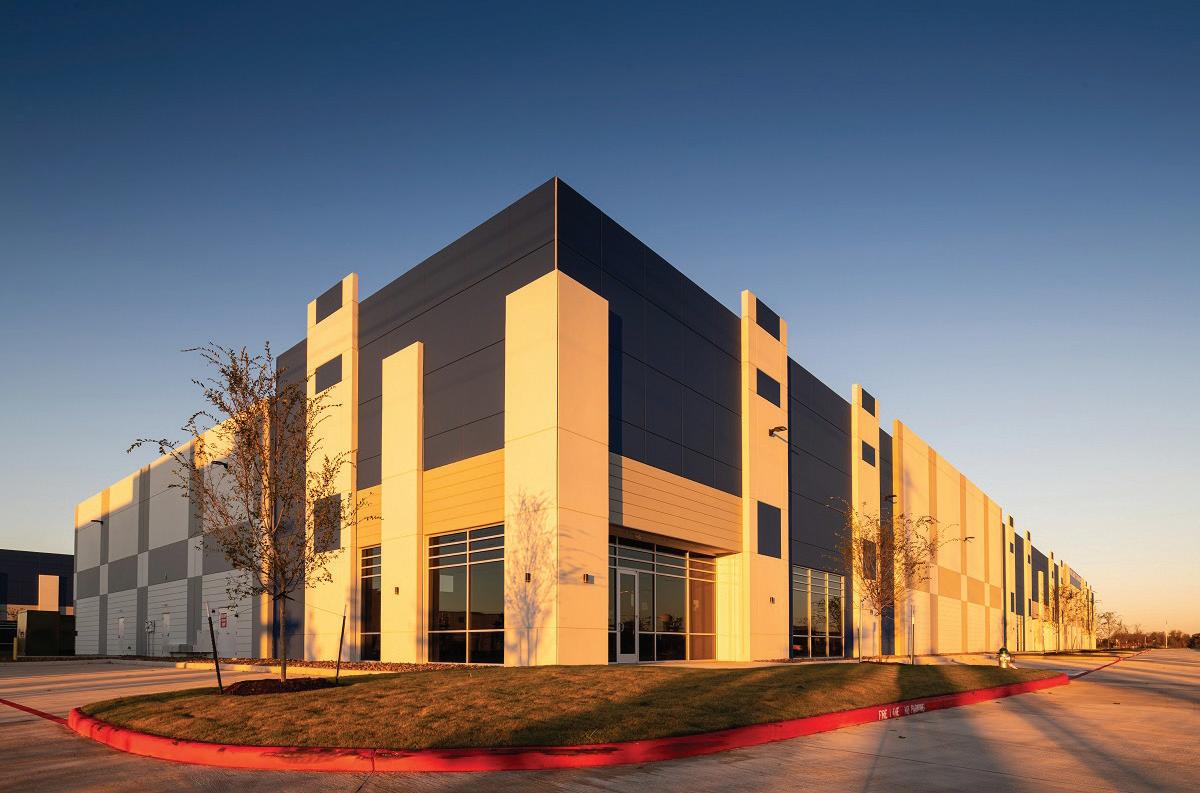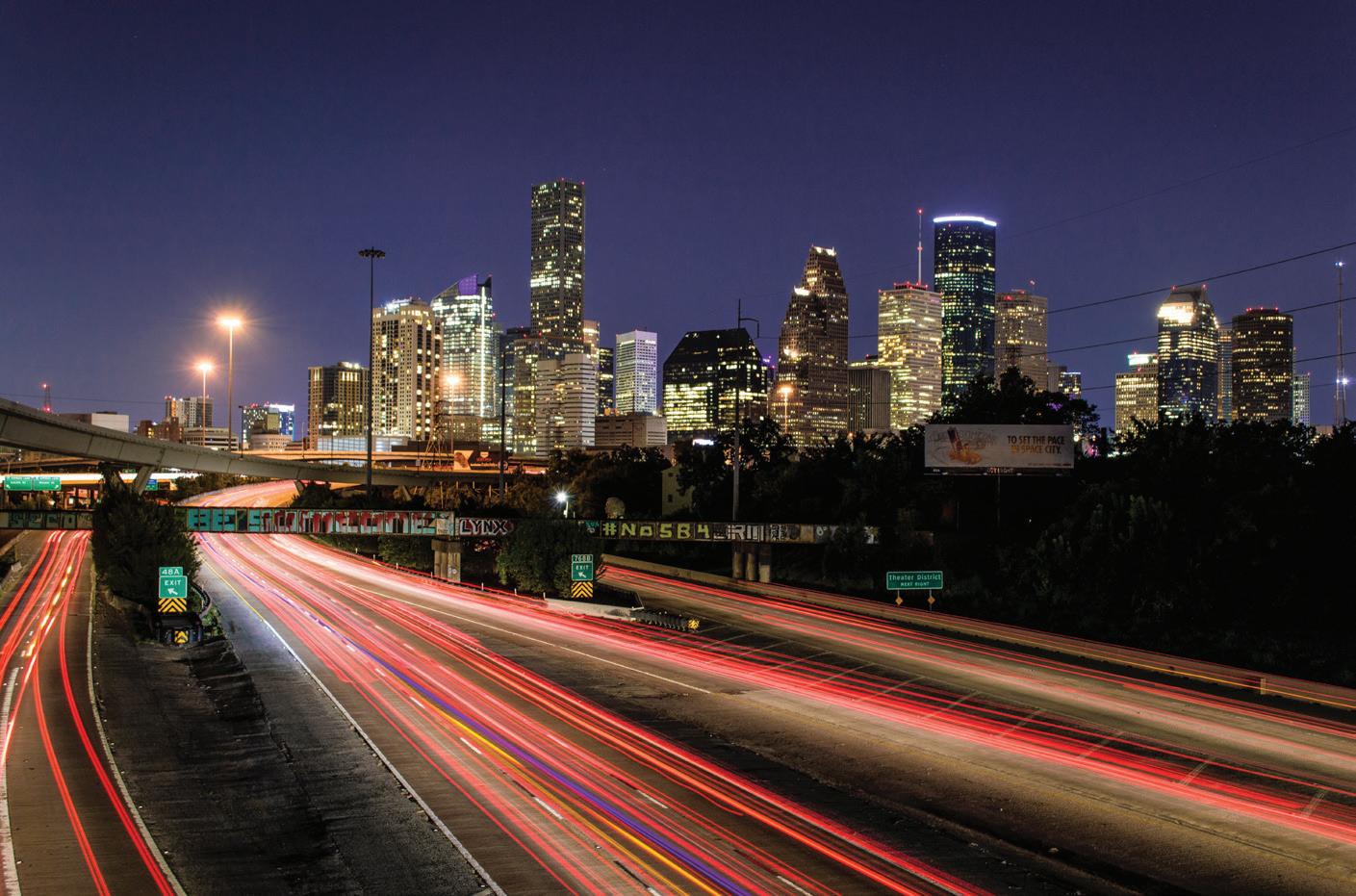
11 minute read
REDnews Dallas - Ft. Worth Industrial Summit A recap of the event in an unprecedented time for
REDnews Dallas-Ft Worth Industrial Summit Recap
BY RAY HANKAMER
Timothy Veler Conrad Madsen Allen Gump Mark Graybill John Gorman
WEBINAR HOST: TODD PHILLIPS-REDnews
Panel 1 – Industrial Real Estate Market Overview
Moderator: Timothy Veler-Transwestern Panelists: Conrad Madsen-Paladin Partners; Allen Gump-Colliers International; Mark Graybill-Lee & Associates; John Gorman- Holt Lunsford
Takeaway: This is an unprecedented time for industrial development in the Metroplex; one of the only things putting a brake on activity is lack of sites; DFW is “Number three” nationally in desirability for industrial demand; labor availability is the first box every user wants to ‘check’ before they continue their discussions with landlords and developers. Bullets:
• Vacancies are in the 6% range; the market ‘paused’ for four to six weeks at the beginning of Covid and it took off; 30 million square feet are currently under construction; lease rates continue on an upward trajectory.
• The market is SO dynamic, and each submarket has its own dynamics; a glut may appear in a submarket but in six months there is no space; we see no end to demand; so many moving parts to deals, that tenants need a really good broker to explain all that is going on in each submarket.
• South Dallas along I-30, I-45, and I-20 is now heating up, although qualified labor can be less available all around the Metroplex in certain locations; also Forney, Midlothian, Denton and other outlying areas are getting attention.
• Industrial real estate is the ‘darling’ of institutional investors at the moment; in the next couple of years DFW should catch up to Chicago’s size as an industrial hub, due to population growth from incoming companies who are drawn to the local pro-business climate, and lower taxes.
• Fear of supply chain interruption is driving companies to expand inventory; ‘just in time’ is subject to logistics interruptions, leaving consumers unserved; disruptions from Covid showed fragility of ‘just in time’; it is time to expand inventory storage to a ‘just in case’ level.
• On-shoring to Mexico will benefit Mexico, which is becoming more and more competitive with Asian manufacturers, due to its closeness to the U.S., resulting in faster and cheaper shipping on shorter distances; many ships at Long Beach and other West Coast ports have long waits to get to the unloading dock for their containers.
• Industrial building costs are rising due to increased robotics, and other sophisticated tenant improvement needs; some industrial boxes are used for electronics manufacture and assembly, and need A/C and lots of electricity, combined with a high car parking ratio.
• Amazon accounts for around 20% of annual expansion since 2015, and other giants are following where Amazon goes and what A mazon does.
• Structural steel costs are soaring, driven by Amazon construction around the country, making it difficult for contractors to bid and hold the line on their quotes.
• International investment cash is seeking industrial product all over the U.S., and especially DFW, where population growth promises rising demand for goods passing through warehouses; some traditional retailers are using abandoned big boxes as fulfilment centers for their goods.
• Industrial tenants are willing to pay higher rents in older buildings if they are close to density of rooftops.
Panel 2-Working with Local Government to Build Lasting Product
Moderator: Todd Phillips-REDnews Panelists: Chris Strayer-Ft. Worth Chamber; Michael Talley-Denton County;
Continued on Page 10>
ELLA LOGISTICS CENTER - BUILDING 2 NEW CONSTRUCTION - CLASS A REAR LOAD BUILDING
± 44,418 SF Total ± 2,605 SF Spec Office
REAR LOAD SPACE AT FRONT LOAD PRICING | HOUSTON, TX

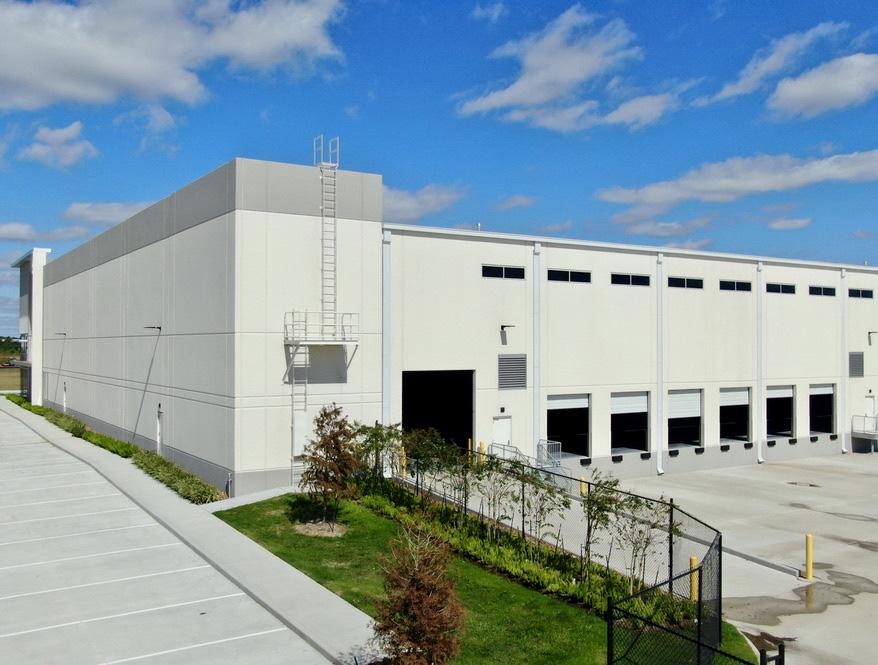
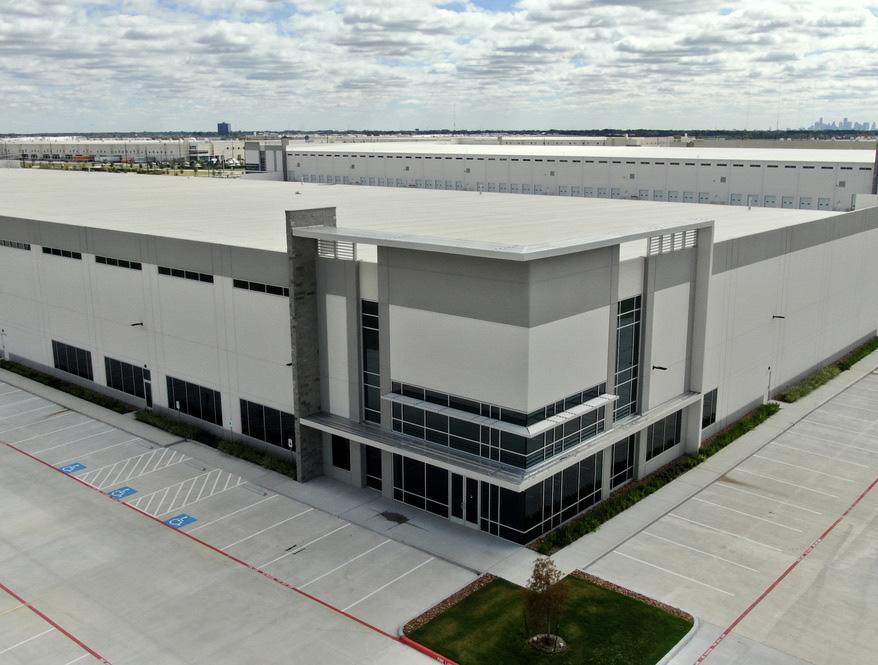
FEATURES
Direct access to Beltway 8 from Ella Blvd. Convenient access to I-45 Outside the 500 yr floodplain 32' clear height 52' x 53'-4" column spacing 60' speed bays ESFR sprinklers Fenced truck court 1 ramp 11 dock high doors Building signage available + 114 parking spaces
For more information, contact
BILL GINDER CCIM, SIOR | 281.664.6641 BGinder@CaldwellCos.com
JOHN GINDER CCIM | 281.664.6668 JGinder@CaldwellCos.com
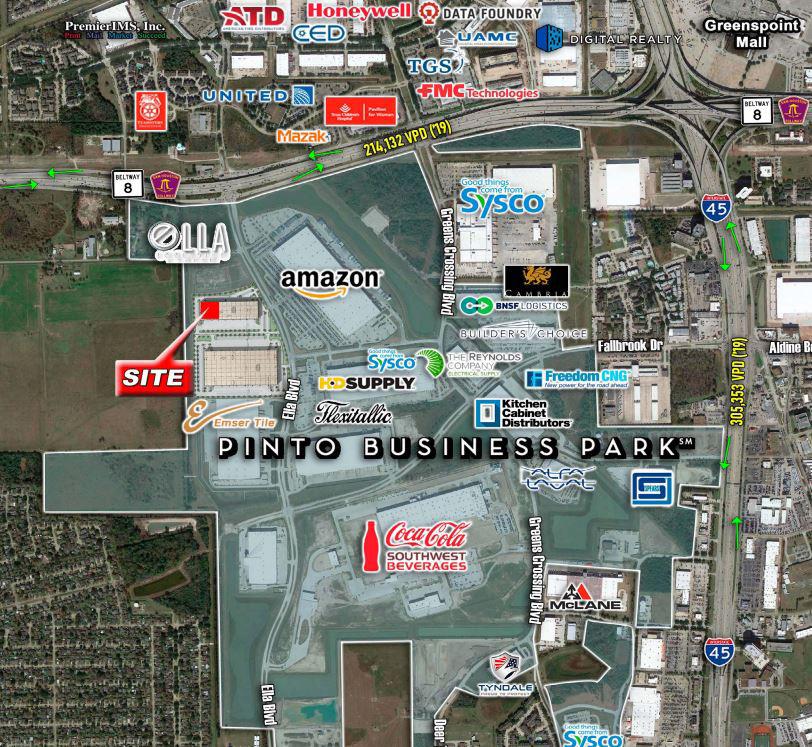
< Continued from Page 8
Alex Phillips-City of Burleson; Guy Brown-City of Hutchins
Takeaway: DFW submarkets, while competitive with each other, nevertheless work as a team to bring new companies into their general area, knowing everyone will benefit. Governmental entities try to assemble their local officials all in the same room for meetings with prospective industrial tenants so all questions can be answered in one meeting, to expedite the client’s decision. Cities and counties try to have industrial sites shovel-ready by having utilities such as water, sewer, and roads in place in advance, and by expediting the permitting process. Smaller suburban areas in the Metroplex are attractive if they have good school districts and affordable homes for sale, since many relocating companies like to move fast.
Bullets:
• Not just warehouse workers but front office employees and executives are all part of the mix when a company moves to the Metroplex; since May 2020 ‘the floodgates have opened’; domestic and international companies are relocating to the DFW Metroplex; deal flow is up sharply.
• Some frustrations exist with international companies who are having difficulty flying in; food distribution and consumer goods for the folks staying home are big drivers of expanding warehouse demand.
• The smaller suburban submarkets have land that is cheaper and ‘small town’ atmosphere, as well as good school districts; the small governmental entities sometimes lack a level of sophistication, which may vary from the larger town governments; the smaller towns must make a brave commitment to spend big bucks on infrastructure which may or may not be needed for future industrial expansion.
• Some more remote suburbs are organizing transit plans to facilitate worker access to industrial parks; companies coming in want very detailed information on every aspect of their proposed move, including labor and transit/access.
• Home builders are having trouble keeping up with demand for affordable homes for new employees coming in from both the east and west coasts; many companies bring their employees with them-in some cases 10-40% of employees move to the DFW area with their companie.
• DFW doesn’t consider that it competes with Austin, because it has most of what Austin has without its shortcomings, including higher development costs in Austin and thus higher rents.
• DFW is working to become an “inland port” with BNSF Intermodal and other rail carriers bringing containers direct from East, West, and Third
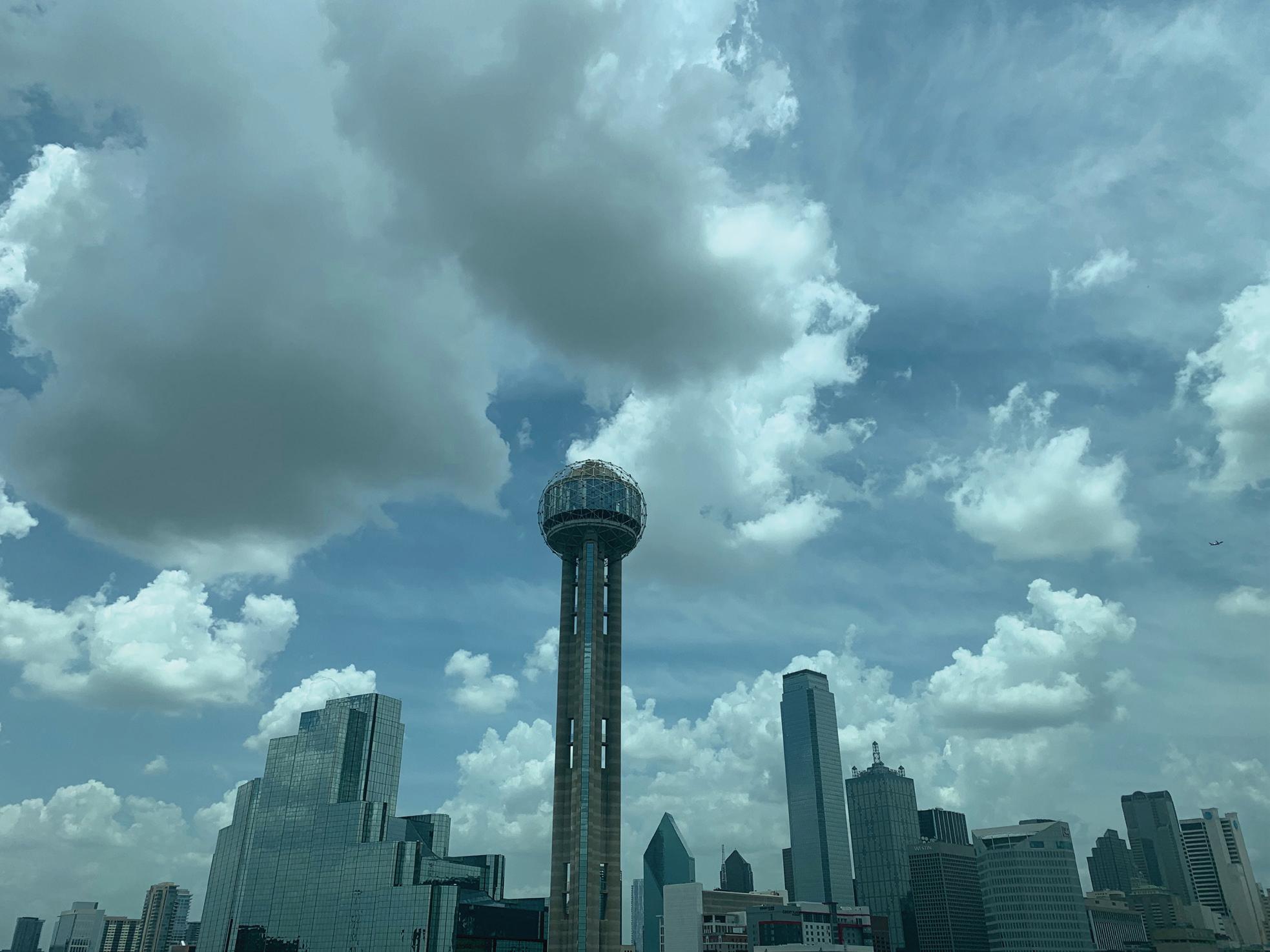
Continued on Page 12>
Chris Strayer Michael Talley Alex Phillips Guy Brown Bill Baumgardner Charles Raymond
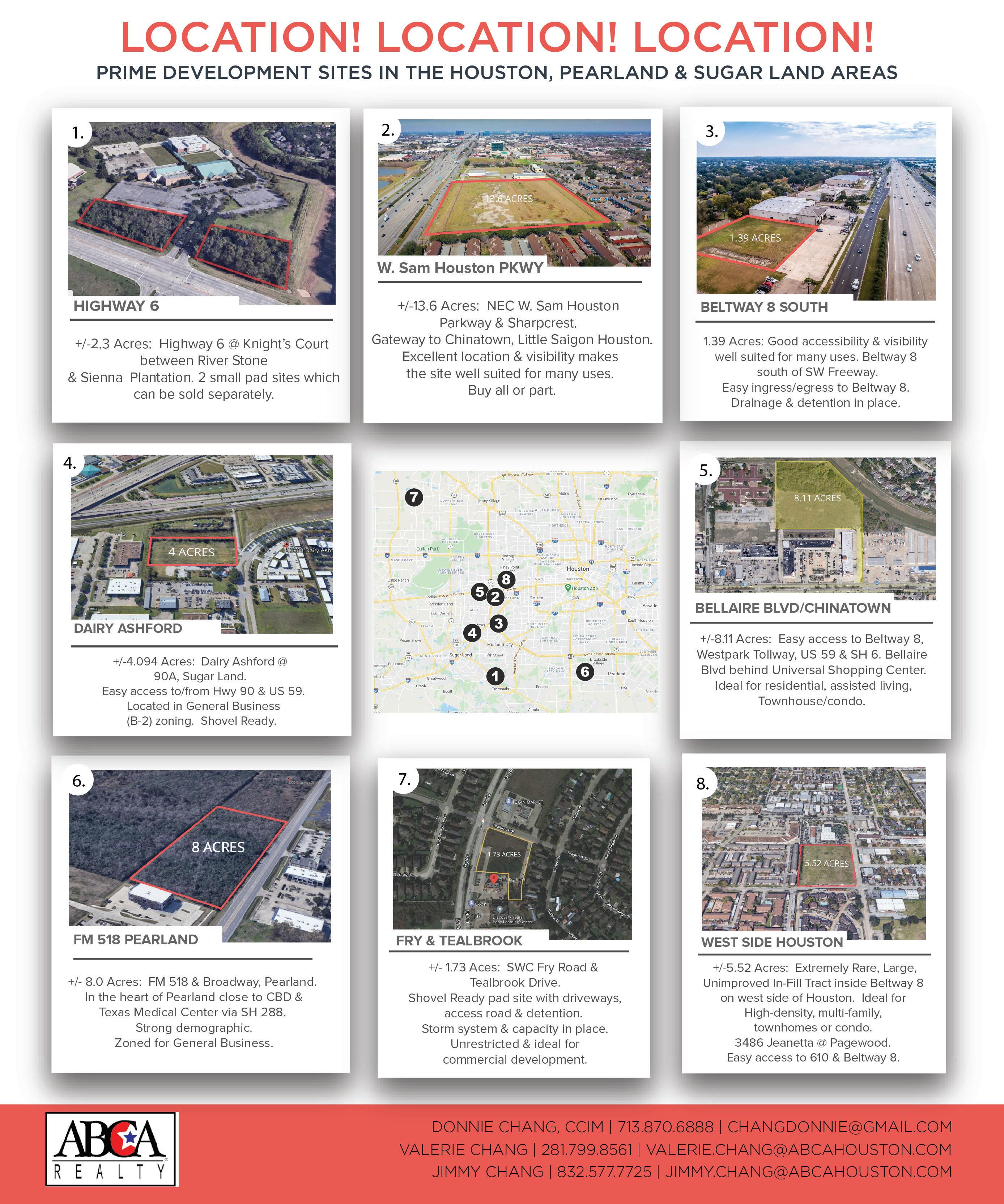
Bob Rice
< Continued from Page 10 Tom Fishman Dayton Conklin
Coast ports, such as Houston and Plaquemine Port near New Orleans; sixteen Amazon air freighters land every night at Alliance Airport in the Metroplex, and this creates warehouse demand near the airport; 70-80% of containers from China return there empty because the US does not shippable products that are in demand there.
• Decatur, Granbury, Hutchins, and Weatherford are some more of the far-flung areas now getting industrial development; repurposing older infill industrial sites usually is not cost-effective and it rarely happens; tenants don’t mind putting up with older buildings and higher rents in return for being close to consumers.
Panel 3-The State of Industrial Development
Moderator: Todd Phillips-REDnews Panelists: Bill Baumgardner-VanTrust Real Estate; Charles RaymondRaymond Construction; Bob Rice- Ironwood Realty.
Takeaway: Construction costs are rising steadily largely due to Amazon nationwide expansion, and contractors are having a tough time locking in quotes on new-build; developers have many variables ‘to juggle’; all over U.S. industrial developers are having the same problems, since there is a tremendous demand for new product, all of which requires the same building materials.
Bullets:
• Over all, rent is a relatively small part of the cost structure of a warehousing/ logistics operation; the tighter site availability becomes, the more ‘hair’ each remaining available site has on it, requiring more time and money from the developer, while at the same time the end user is in a hurry to have a new building.
• The outlying markets which are enjoying attention now, are at the same time at the most risk if a slowdown comes
. • A conundrum exists where last mile shallow bay distribution operations need to be close to consumers, but municipalities are zoned against ‘warehouses’ close to residential; how to repurpose abandoned brick and mortar stores and malls that are close to customer's rooftops?
• Cities are bemoaning lost sales tax revenue from shuttered brick and mortar retail, and some are holding out for it but it may never come back; will current intense logistics demand continue after COVID is no longer a threat? • Amazon has only 18% of the e-Commerce market and many other big players are following its lead on one-two day delivery; land constraints across the country are holding development-and overbuilding-somewhat in check.
• New generation of tenants have higher needs for parking, electricity, clear height ceilings, and air conditioning for worker comfort compared to past industrial buildings; developers are building for current users and are also trying to imagine what future users will want, so that their buildings retain value over the long haul; supplying electrical conduits to parking areas and electrical lines to charge future delivery vans will drive up costs for developers.
• Cold storage is very specialized, and sometimes results in ‘a box within a box’, i.e. some communities do not want to see a metallic exterior wall on a warehouse.
Greg Lehrmann Al Sorrels Jonathan Bryan
Panel 4-Capital Markets Investment Climate
Moderator: Todd Phillips-REDnews Panelists: Tom Fishman-Hillwood Acquisitions and Dispositions; Dayton Conklin-Clarion Partners; Greg Lehrmann-Asset Preservation, Inc.; Al Sorrels-Majestic Realty; Jonathan Bryan-CBRE
Takeaway: In spite of recent upward trends in interest rates and the threat of possible inflation, cap rates continue to compress, and some offshore sovereign funds and others are willing to buy at cap rates in the 3’s, since they are still more favorable that what is available to them at home. Texas is attractive because of its population growth and the expectation of ongoing increasing industrial needs to serve this growing state, and in particular the DFW area.
Bullets:
• Investors like multi-tenant industrial buildings with shorter lease terms because of the prospect of rolling over leases ongoing at ever higher rates; it must be remembered though that higher minimum wages, higher interest, and higher construction costs are on the foreseeable horizon
• Owners of existing buildings are debating whether now is the time to lock in their mortgage rates
• Not just construction costs but costs of dock equipment, fire retardation, and other buildout costs are rising in step
• For attractive, fully leased industrial product, there is often a frenzied bidding for them; one building recently had four rounds of bidding before a
buyer was finally chosen; many brokers are ‘having their best year ever’; investors who used to have to chose between retail, office, and industrial are now all focused on industrial, creating somewhat of a feeding frenzy; industrial is further attractive due to its low maintenance, slow depreciation, and lower operating cost.
• 1031 exchanges are an ideal vehicle to save on taxes from a beneficial sale, and are also an incentive to landowners who have hesitated to sell because of fear of paying tax.
• In some cases, failed retail malls can be repurposed as distribution centers for last mile delivery, but often the obstacles prevent this; in rare cases on older industrial, the roof can be raised up to ten feet, but it is mostly infeasible. • The DFW industrial community thinks current market conditions are “Disneyland” for them, but also realize that one day the cycle will turn due to currently unknown variables…although, many feel they have a ten year ride ahead of them; a developer with a slow-to-lease building does not have to worry since with each passing month area rental rates go up.
• Political and other uncertainties with Asia create an atmosphere in U.S. industrial to keep more back-up stock in inventory, hence big bump in demand for warehouse space.
• Moderator Phillips forecasts we are heading into a major entrepreneurial decade in our economy in general and in real estate in particular.
OUR PUBLIC ADJUSTERS GET CLAIMS PAID!
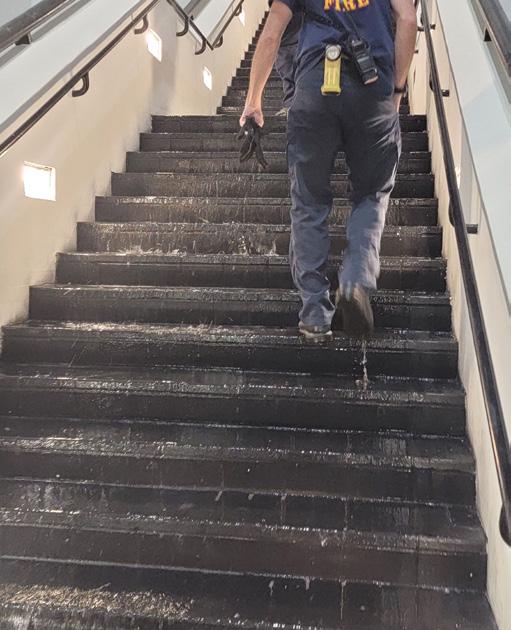


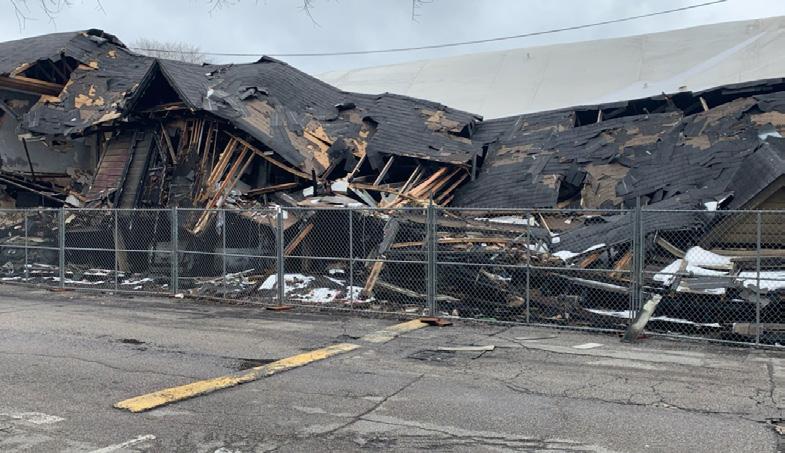
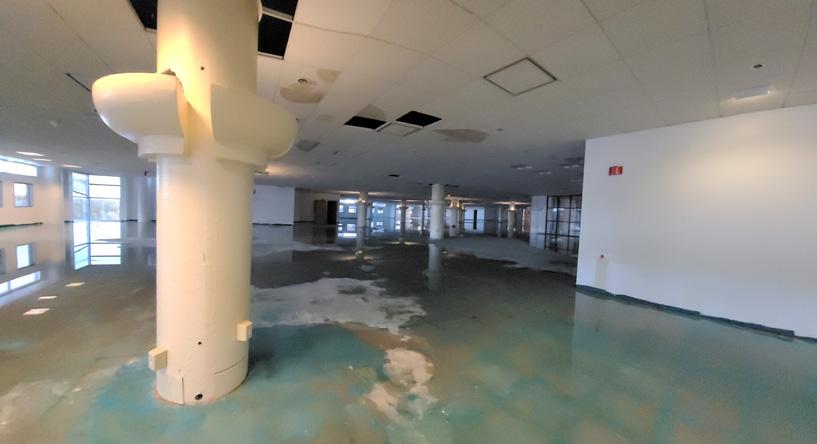
WE SETTLE
Large Loss Commercial Property Insurance Claim
WE HELP
Multifamily • Apartments • Management Companies Homeowners Associations • Condominiums
“Insurance Claim Recovery Support consistently delivers the insurance claim settlement results we need to get back to business before our competitors. They’ve settled over $16,000,000.00 in property damage claims fairly and promptly while avoiding underpayments, delays and courtrooms. I highly recommend their representation from the moment you have a claim so you can save yourself the time and stress of dealing with a problem before it happens! These guys streamline the process, anticipate issues and head off problems before they arise. Don’t waste your time and money dealing with anyone else!”
Swapnil Agarwal, CEO & Managing Partner Nitya Capital and Karya Property Management


Insurance Claim Recovery Support LLC Licensed Public Insurance Adjuster Texas Agency: #1670060

